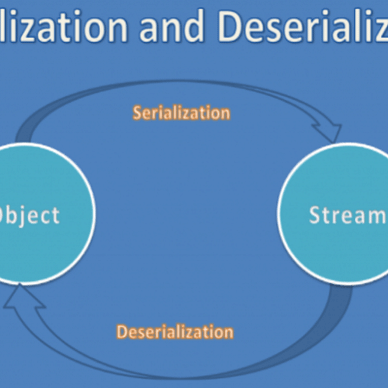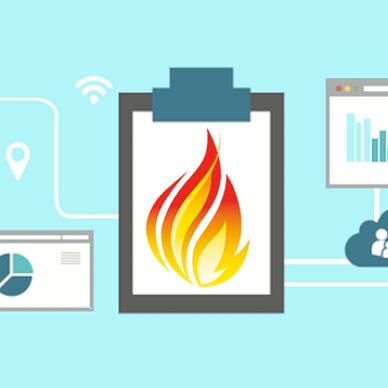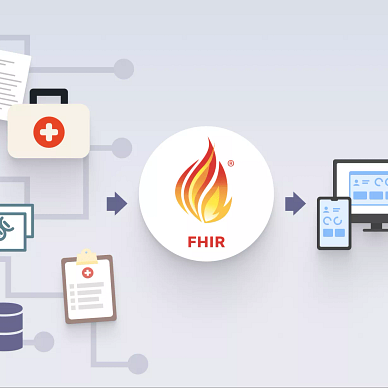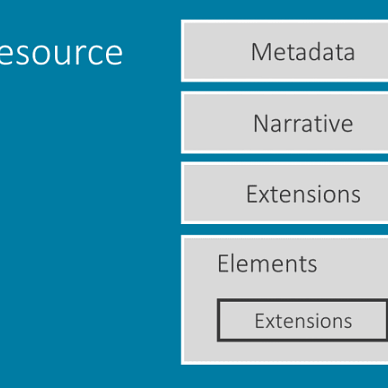FHIR for Developers: Part 0
Introduction to the series
In this age of digital transformation and innovation data collection and sharing become one of the most important tasks for organizations. As it is rightly said DATA IS THE NEW GOLD. While data collection is essential but equally important is data interoperability and sharing. Without the data interoperability, this data will remain in silos and could not be used at its full potential.
What is data interoperability?
Data Interoperability is the property that facilitates unrestricted sharing and use of data or resources between disparate systems. For two or more systems to be interoperable, they must be able to exchange, interpret, and present shared data in a way that is understood by the other. For establishing the data interoperability a set of protocols need to be set which need to be followed by both sender and receiver for the data. Different industries may follow common data interoperability standards that adhere to and cover industry-specific standards and requirements.
FHIR (Fast Healthcare Interoperability Resources) is one such data interoperability standard that is widely used and adopted in the healthcare industry for sharing health care related information. FHIR continues to hold great promise for developing an application-based approach to interoperability and health information exchange.
There were many older standards for the healthcare data but one of the FHIR was developed keeping the developer first approach in mind. This not only enabled the creation of the popular industry-wide standard for healthcare and also helped the developer to understand the onboard quickly and use and leverage other emerging technologies in conjunction with the FHIR.
Further in this series, we will look deeper into the FHIR standard and its different features and advantages. We also take look at the implementation and use using JAVA and other libraries.
If you loved my work please like and share this article( it’s free :)). Also, do follow me for more articles like these.
Also, check out my other articles:









